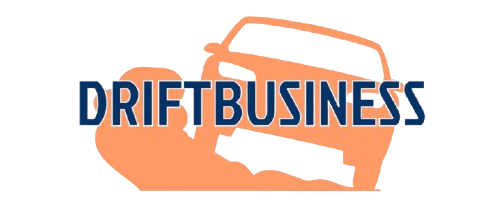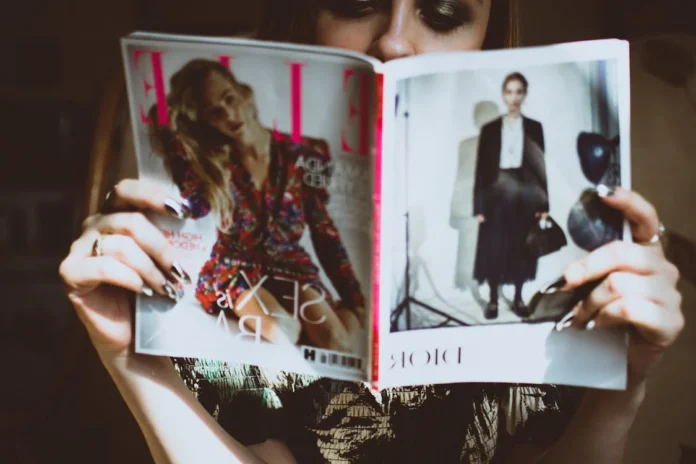Introduction
Creating a fashion magazine requires a well-structured design brief that guides the entire creative process. A comprehensive design brief ensures consistency, aligns the team’s vision, and provides a roadmap for delivering an aesthetically compelling and engaging publication. Below is an ultimate fashion magazine design brief example to help designers structure their projects effectively.
1. Project Overview
Magazine Name: TrendVogue Objective: To create a visually stunning, trend-forward fashion magazine that showcases the latest styles, designer interviews, and industry insights while maintaining an elegant and modern aesthetic. Target Audience: Fashion enthusiasts, industry professionals, influencers, and young adults passionate about style and trends.
2. Style and Aesthetic
Visual Identity: The magazine should have a sleek, high-fashion look with modern typography, bold photography, and a balanced mix of white space and vibrant imagery. Color Palette: Minimalist tones with pops of color to emphasize seasonal trends. Typography: Elegant serif fonts for headlines and stylish sans-serif for body text.
3. Content Structure
- Cover Page: Eye-catching image featuring a top model, designer, or celebrity.
- Editor’s Letter: A short introduction to the theme of the issue.
- Trend Reports: Visual-heavy articles highlighting current and upcoming fashion trends.
- Exclusive Interviews: Insights from designers, stylists, and influencers.
- Editorial Photoshoots: High-fashion pictorials with creative storytelling elements.
- Product Features: Spotlight on luxury items, must-have pieces, and accessories.
- Style Guides: Practical tips for readers on styling outfits.
- Back Page: Final thoughts, teaser for the next issue, or a behind-the-scenes glimpse.
4. Layout and Design
- Grid System: Consistent layout for editorial coherence.
- Photography: High-resolution imagery with dynamic compositions.
- Illustrations: Optional hand-drawn sketches or digital artwork to add uniqueness.
- Page Flow: Smooth transitions between sections, using bold visuals and text hierarchy for readability.
5. Printing and Digital Considerations
- Print Size: Standard magazine dimensions (8.5″ x 11″ or A4 size).
- Digital Format: Responsive design for online platforms and mobile viewing.
- Paper Quality: Matte or glossy finish for a premium feel.
6. Timeline and Deadlines
- Concept Development: 2 weeks
- Initial Design Draft: 4 weeks
- Content Finalization: 6 weeks
- Print Production & Digital Upload: 8 weeks
7. Conclusion
A well-crafted design brief serves as a blueprint for a successful fashion magazine. By following this example, designers can create an engaging, stylish, and visually captivating publication that resonates with the target audience. Whether in print or digital format, an effective design brief ensures that every issue meets the highest creative standards.



